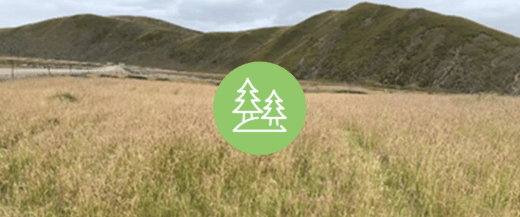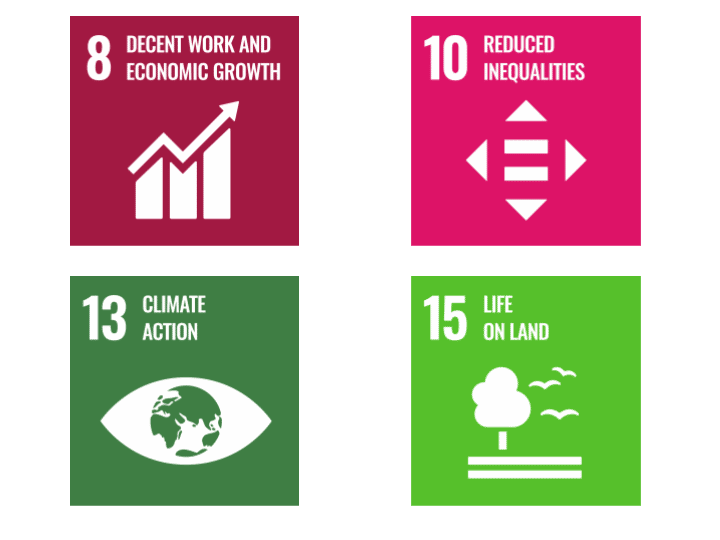
Project Type
Agriculture Forestry and Other Land Use
Standard
Verified Carbon Standard (VCS)
Project Location
Qinghai Province, China
SDG Impacts

SDG 8 - The project provides job opportunities for local residents in rodent control and grass seeding, which will increase their household income.
SDG 10 - More than half of the local residents directly involved in the project are women.
SDG 13 - GHG emissions reductions can mitigate the impact of climate change, such as the melting of glaciers.
SDG 15 - The project will plant grass seeds on a degraded black soil beach.
The United Nations' Sustainable Development Goals (SDGs) are an urgent call for action by countries in global partnership to end poverty, protect the planet, and ensure that by 2030 all people enjoy peace and prosperity.
Project Profile
Sustainable grassland management provides local employment
Decades of overgrazing and the compounding effects of climate change have desolated the Qinghai’s Three River Source Region, leaving it fragile with little hope of improvement. Continued degradation of its grassland ecosystem not only posed a threat to the area’s environment and biodiversity, but the livelihoods of local herders.
In an effort to revitalize the area, the Guoluo Grassland Sustainable Management Project aims to restore the local degraded grassland ecosystem, increase grassland coverage and soil carbon stock, and implement sustainable grassland management. As the project’s primary activity, local workers have planted grass seeds on a degraded black soil beach. Once restored, the healthy grassland ecosystem is expected to generate GHG emission removals of 17,664,275 tCO2e, with an average annual GHG emissions reductions of 456,953 tCO2e. It will also serve as an attractive landscape with the potential to benefit local touristic resources and the local economy.
The project will boost the local economy by providing training and job opportunities in rodent control and grass seeding. Through this program, local community members will develop the technical skills necessary to sustainably manage the grassland. Local wildlife also stands to benefit from the project via an increase in soil organics.
CO-BENEFITS:

Environmental:
The project is estimated to generate over 17 million tCO2e in net estimated emissions removals and over 400,000 tCO2e in average annual GHG emissions reductions. Increased soil organics will improve life for 3 species of endangered animals (birds and mammals) and 9 species of vulnerable animals.
 Health:
Health:
Project implementation can purify water sources and ensure the water safety of nearby residents.
 Economic:
Economic:
Nearly 12,000 members of the local community are expected to gain improved skills and/or knowledge resulting from training provided as part of project activities. The project is expected to create 3,386 full-time jobs. Approximately 6,000 herders will become employed as grassland guardians.
View other project profiles or contact us.
